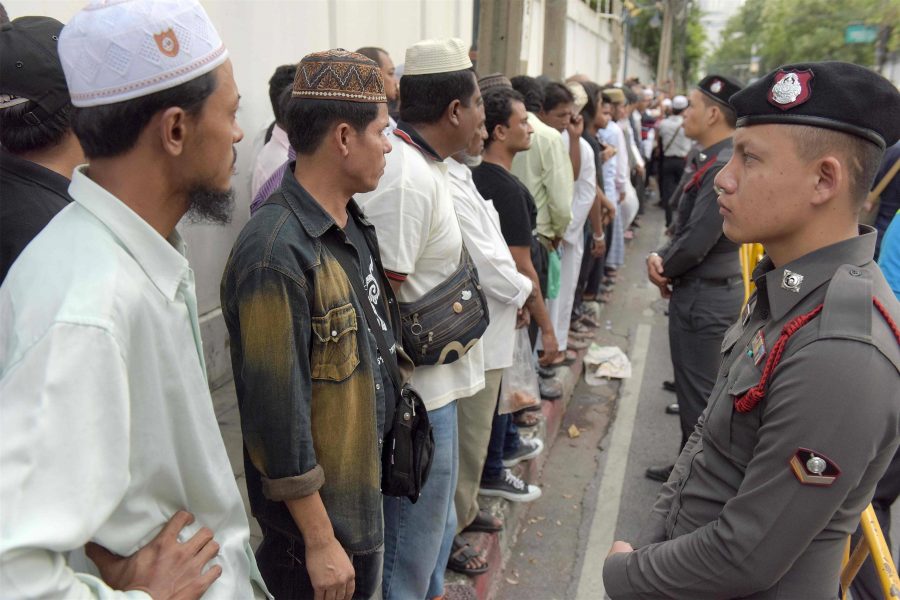The Religious Cleansing of Myanmar’s Rohingya Muslims: The Modern-Day Genocide
Anger Rises over Myanmar Brutality Against Rohingya Muslim
December 29, 2016
Twenty-eight children brutally hacked to death, thousands of people thrown from their homes into camps and ghettos, bodies unearthed from four known mass gravesites are the results of the modern-day genocide; just a hop, skip, and a jump away from where we seem to live in a mostly blissful haze in the United States.
Rakhine State, Myanmar, a state situated on the west coast of Myanmar, which is a sovereign state in Asia bordered by Thailand, China, India, and Bangladesh. The state mainly contains those who follow the Buddhist faith. As shown by the 2014 Myanmar Census, 87.9% of Myanmar is Buddhist. Myanmar has been involved in one of the world’s longest-running civil wars, theirs being between their many ethnic groups. During this war the United Nations has reported that human rights have been consistently and systematically violated, especially those of the Rohingya Muslims.
Rohingya Muslims, most argue, are indigenous to Rakhine State. They are Muslim Indo-Aryans who are the minority in Myanmar and agreed by many scholars and humanitarians to be the most persecuted group in the world. About 125,000 of them have been ripped from their homes and thrown into camps and ghettos by the people who should be protecting them. Men, women, children, and elderly alike are subjected to forced labor, rape, and torture, a fate that is hard to elude.
All around the world, people have taken to calling this tragedy a genocide, as a genocide is exactly what this situation is: the systematic destruction of one type of people. As the days go on, the Myanmar genocide of the Rohingya Muslims gains more publicity and aid. Various groups have set up websites with an intent to end the ordeal, asking for donations or just some time to dedicate to the cause.


